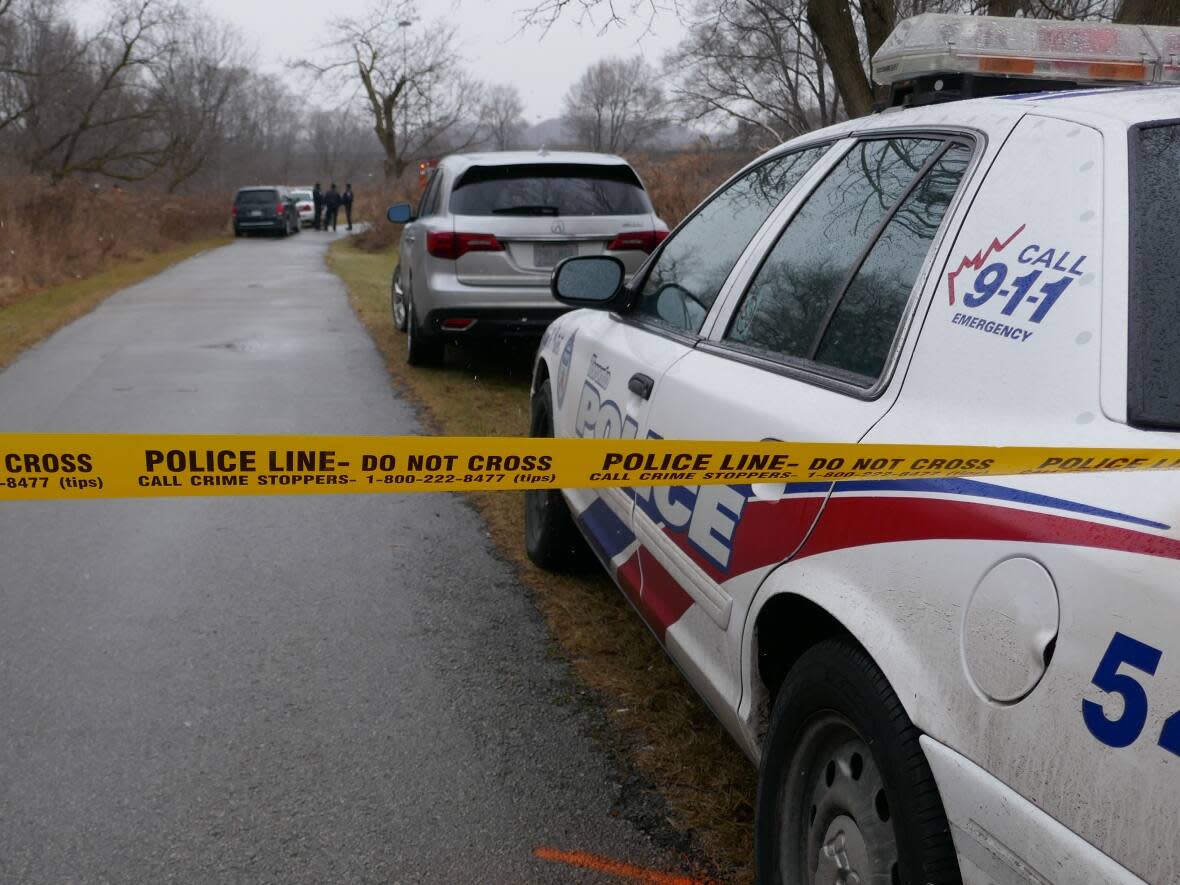How GTA police are trying to protect missing persons' 'right to be forgotten' online

Toronto police are working on a way to minimize the digital footprint left behind in missing persons cases, according to a tweet from earlier this month.
When a person is reported missing, police often publish information like their name, height and weight along with a photograph in a news release or social media post. But the digital footprint left behind can have negative impacts on those who are later found, according to Carly Kalish, the executive director of Victim Services Toronto, a group that provides assistance to victims of crime.
"Every situation is nuanced," she told CBC Toronto, using the example of young girls who have to rebuild their lives as survivors of human trafficking.
"Imagine if you were finding a job after that and your name could be Googled that you were a missing girl," Kalish said. "You know people would make assumptions about what that means about your life."
In response to an active missing person case on Nov. 3, Toronto Police Services tweeted, "In the absence of the 'right to be forgotten,' we are exploring ways to minimize a missing person's digital footprint today for their better tomorrow."
The tweet clarified that identifiers "that may not help to locate someone" had been withheld.
The "right to be forgotten" refers to the General Data Protection Regulation (GDPR), legislation in the European Union that allows EU residents to request organizations to remove information published about them online.
Canada does not currently have any corresponding legislation, though Canadians are protected to some degree under the Personal Information Protection and Electronic Documents Act.
In 2021, an independent review into the way Toronto police handle missing persons cases, conducted by former judge Gloria Epstein, made 151 recommendations to improve investigations. The review was prompted by the force's investigation into numerous people who had disappeared — including the victims of serial killer Bruce McArthur.
In an email to CBC News, a Toronto police spokesperson said the service has not officially made any policy changes around how it tells the public about missing persons, but planning is ongoing. Police said they would have more information about updates to missing persons policies and protocols in "the next couple of months."
Questions raised about police tweet
"I don't know what their concern is," said Maureen Trask of Puslinch, Ont. "As a family member, I want my son's name out there. I want people to know who he is."
Her 28-year-old son, Daniel, went missing in 2011. His body was located three-and-a-half years later near Lady Evelyn Lake, north of Sudbury, Ont.
Trask, now an advocate for other families of missing loved ones, told CBC Toronto relatives should get the final say on what information gets released to the public.
"I hope what police are looking at is what they put out there to help their investigation. And in most cases, I would say my recommendation is that they align their media releases and don't blindside families," she said.

Joe Masoodi, a data security and policing expert from Toronto Metropolitan University, agreed the Nov. 3 tweet does raise a number of questions.
"What effect would this have on police investigations?" he asked.
"Have those categories of identifiable information not been particularly useful? Has that been tested and analyzed for them to make this move?"
Masoodi speculated that Toronto police may have conducted analysis on the information typically shared in missing persons reports and came to the conclusion that identifiers like name and weight aren't particularly important.
But police did not confirm such an analysis has occurred.
Policies of other GTA police services
Const. Maniva Armstrong of York Regional Police told CBC Toronto that in her jurisdiction, decisions about publishing a person's information are made case-by-case.
Photographs are the most effective identifier in locating missing persons, she said.
"Having visuals and having an idea of what people are doing and looking for in the community is very helpful," Armstrong said.
"If we were to take these visuals away … then it could be very challenging and very difficult for police."
York police have not implemented specific policies to protect the digital footprint of missing persons, but Armstrong did confirm that best practice is to remove published identifiers in cases where the person is located.
She said York police also take in a number of considerations, including input from the family and loved ones of the missing person, before publishing anything online.
Protect minors, advocate says
An email from Peel Regional Police also said information released about a missing person is determined on a case-by-case basis.
"We always make an effort to limit the digital footprint for people to respect the privacy of those involved," the email stated.
"We make every effort to avoid releasing details that would not provide aids to the public in identifying the person."
But it's still unclear whether or not limiting that information could impede a potential investigation..
Trask said police need to steps to protect minors, adding that many families don't want certain information shared for fear that the public won't take the situation seriously.
"I also know some families that do put it out there and I commend them for that," Trask said.
"But again, it should be the family's choice."


